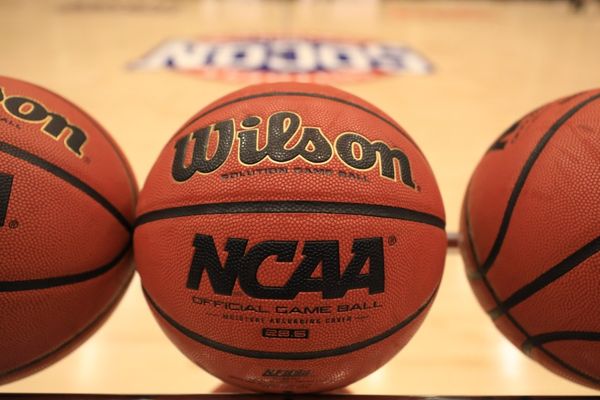Conferences across the country, including the Southern Conference have decided to postpone fall seasons in hopes of competing in the spring. For some schools and athletes, however, there is still an option for fall competition. So, what will schools and the NCAA decide if some students participate and others do not?
The NCAA Board of Governors recently ruled that student-athletes who do not play this fall will not lose future eligibility. The board left ambiguous, however, the eligibility of athletes who choose to participate. Many conferences have left the decision to compete in some fall sports up to the university’s discretion. Thus, if the school decides to hold any kind of competition, the NCAA ruled that student-athletes will not lose eligibility, but in fact, retain an additional year of eligibility: “all fall sport student-athletes will receive both an additional year of eligibility and an additional year in which to complete it, as the Council suggested.”
In addition to retaining another year of eligibility, whether athletes play or not, the NCAA announced other information in a blanket waiver: “The board also adopted the Council-recommended protections for college athletes: Schools are prohibited from requiring student-athletes to waive legal rights regarding COVID-19 as a condition of athletics participation. And schools are prohibited from canceling or reducing athletics scholarships if a college athlete in any sport opts not to participate due to COVID-19.”
The financial aid component of the press release is most striking: while it seems like the NCAA is making a commitment to its players, it also puts schools and universities in a tenuous position. Schools have been making budget cuts since COVID-19 hit, and as a result, schools like Furman have seen varsity teams eliminated. With the NCAA waiver statement, universities must keep their promise to uphold scholarship money at some point, though it does not have to be this fall. Schools have the option to give the student aid at another time, in the spring for example. However, if a student decides to continue taking classes and the university does not uphold the aid, then the student pays the price. It forces the student to choose between school and sports and may be detrimental to student-athletes.
Officials made a similar decision in the spring of 2020 when COVID-19 struck. On the surface, this appears to be a good announcement: it checks all the boxes, does not put the NCAA in any sort of liable position, and schools can largely make their own decisions. However, upon further analysis, the decision may put students at risk at a time when uncertainty was already seemingly insurmountable.
